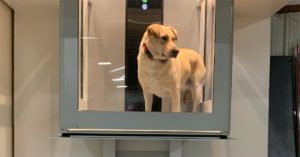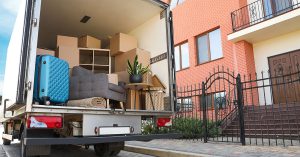Aging in Place: Housing Decisions During and Post COVID-19
The current COVID pandemic has affected much of our lives, with some effects extending further than anyone could have imagined. Our time spent stuck at home, for one, has led to home renovations once again becoming a huge business focus in Canada as a result of many seniors deciding to stay where they are, or families coming together to form multi-generational homes.
On top of homeowners looking to create equity while ensuring comfort and style, these changes have also come about as increasing focus is placed on making renovations to last an entire lifetime, therefore allowing more seniors than ever to age in place safely and comfortably.
Though it has gained momentum as a result of the pandemic, the trend of “aging in place” has actually been around for a while. This is understandable, as, for the average family or individual, an investment made into a home is expected to last the duration of their life and beyond. However, when circumstances change, a home may become more of an obstacle than a place of rest, shelter and enjoyment. For many people, a home is also their sole source of equity, or perhaps their entire pool of retirement savings, which means leaving is not an option.
No matter the circumstances that lead to seniors aging in place, solutions must be found to ensure they are able to do so safely and comfortably. So, what do these solutions involve?
Futureproofing a home: Design for aging

A Common Aging in Place Myth
Aging in place solutions

Installing one generally involves employing the services of professionals who have experience in dealing with the individual needs of the elevator’s future users and the specific construction elements involved with the installation of special equipment, including lift devices or residential elevators. However, far more than simply employing technicians, the process of choosing the right home elevator – one that will give residents with reduced mobility the freedom of movement to use their home to its full extent once again – must involve input from professionals with expertise in the effects of aging, and a senior’s ability to interact with their environment as their needs change: occupational therapists.
The technical considerations of installing a Homelift
Beyond meeting the mobility needs of a home’s residents, installing a home elevator also requires certain technical specifications to be met, which can sometimes become the most significant challenge outside of the financial budget in a home renovation. Though these specifications are often not as extensive as clients expect, they can certainly be a determining factor in the initial stages of a project.
The key aspects to keep in mind all come down to the pre-existing architecture of the home and the areas that need to be made accessible. The grade of the house, number of stairways, location of plumbing, kitchen, and other major components of the home can make planning difficult. However, as a freestanding structure that does not require a hoistway or shaft, a Homelift is more adaptable than most people think, making it a solution worth exploring for anyone interested in futureproofing their home. A qualified Homelift consultant will help with the coordination and all the planning, making this an easy process.
Ensuring accessibility in the home


Brian Granger
1-866-208-1806
sales@homelifts.ca
To learn more about our Homelifts or these financial programs, contact Brian today for your free in-home consultation to see if a Homelift is the right product for you to ensure you can stay in your home for as long you want.






